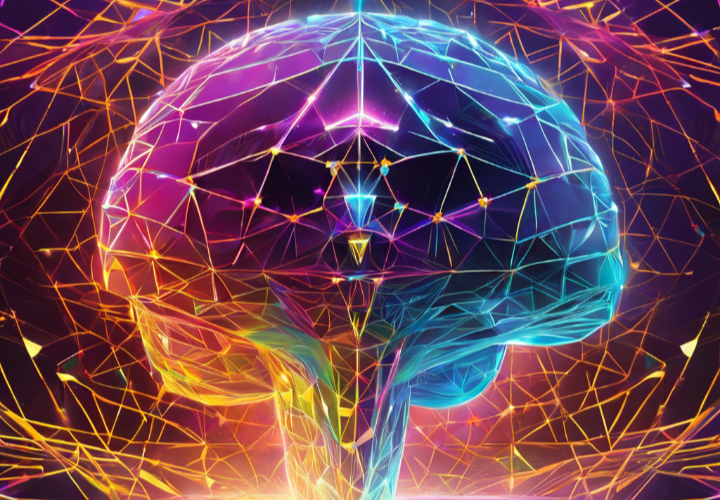Ethereum as the DNA of Advanced Technology: A New Paradigm in Artificial Intelligence
January 2, 2025

In the ever evolving landscape of technology, the fusion of blockchain and artificial intelligence (AI) is paving the way for groundbreaking innovations. One particularly captivating concept is viewing Ethereum as the “DNA” of advanced technology. This perspective posits that Ethereum, with its robust blockchain framework and immense computing power, can serve as the foundation for a new type of coding akin to dimensional lattice coding. This blog explores how such a system, powered by a decentralized node network, could function like an artificial brain, revolutionizing the way we think about technology and intelligence.
Ethereum is a powerful blockchain platform that enables developers to create decentralized applications (dApps) and smart contracts. Its unique architecture allows for complex computations and interactions, making it ideal for a wide range of applications, including those that require advanced data processing and security.
By conceptualizing Ethereum as the “DNA” of a new technological paradigm, we recognize its potential to encode complex instructions and functionalities, much like the genetic code in living organisms. This analogy opens up fascinating possibilities for how we can harness Ethereum’s capabilities in AI and beyond.
Dimensional lattice coding is a theoretical framework that suggests organizing information in a multidimensional structure, allowing for more efficient data representation and processing. In this context, Ethereum can serve as the backbone for such coding systems, leveraging its decentralized network of nodes to create a robust and adaptive computing environment.
Imagine a network where each node contributes computational power and data storage, working collaboratively to process and analyze vast amounts of information. This decentralized approach mimics the functioning of an artificial brain, where multiple neurons (or nodes) communicate and work together to derive insights and make decisions.
By utilizing Ethereum’s node network, we can create a decentralized intelligence system that processes information in real-time. Each node can act as a processing unit, contributing to the collective understanding and decision-making capabilities of the network.
But the use of a decentralized AI system raises important ethical questions regarding data privacy, consent, and accountability. Establishing guidelines and frameworks will be essential to navigate these concerns.
Envisioning Ethereum as the “DNA” of advanced technology opens up a world of possibilities for how we can leverage blockchain and AI in tandem. By creating a decentralized artificial brain powered by a network of nodes, we can revolutionize data processing, enhance decision-making, and drive innovation across various sectors. While challenges remain, the potential applications of this concept are vast and promising, heralding a new era of intelligent, collaborative technology that could transform our world. As we venture into this exciting frontier, it is essential to approach it with a focus on ethical considerations and responsible development, ensuring that the technology serves the greater good.
Godspeed,
Crb3